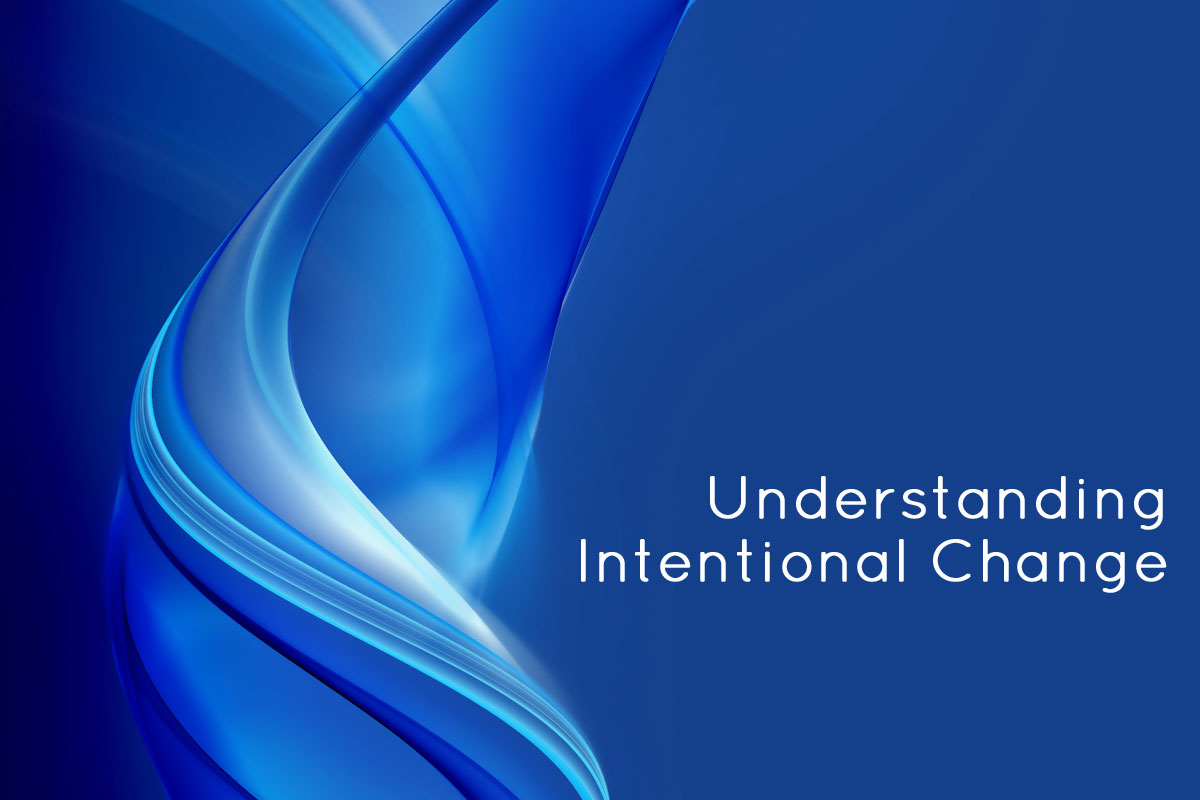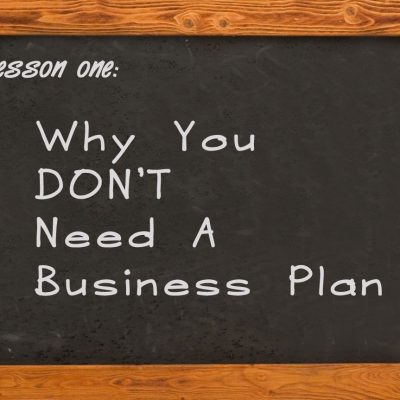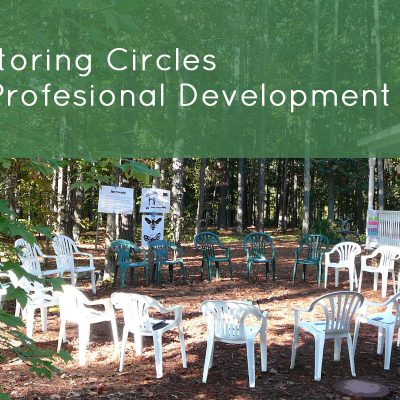
In order to embed the standard business practices into an intentional change process, it is helpful to understand a little more about change. What is it? Lawler and Worley, in their book Built to Change give the definition of change that we find most useful in assisting our clients to be successful with their intentional change work. They define three types of change: Evolutionary change, Re-orientation change, and Transformative change.
- Evolutionary Change – Natural process of evolution that require strategic adjustments. These involve the day to day tactical changes to fine tune current strategies and structures to achieve short term results.
- Reorientation Change – Directional change to respond to the changing environment. These involve changing elements of organizational strategy as needed, along with often system wide realignments in processes and practices to achieve the changed elements of the strategy.
- Transformational Change – change of the business model.
Being aware of these 3 types of change helps you to understand what changes your organization may be going through..or may benefit from going through. In our experience, going through change as an intentional change process (rather than unconsciously navigating change) helps create the best possible outcomes for the organization.
Intentional Change is a Process
Intentional change process is not work for the faint of heart. Change is not an event. It is constant. As a leader or leadership team, you must make decisions to bring about intentional change and then be willing to see it through to the end. By the very nature of change, as you see the change process through, you must be responsive to whatever is emerging and work with the new situation. This work takes great courage and we admire leaders who are willing to transform their organizations through intentional change.
Using Personal Change to Understand Organizational Change
Intentional change efforts can be undertaken in both personal life and organizational life. We find it helpful to think about what change means in personal life and then apply that understanding to what it might take for a whole organization to change. By looking at change you have personally experienced, you can build an understanding of what might be required for intentional change and how those requirements translate into the bigger organizational change process.
To explore intentional change, think about change you recently experienced in your life. It could be evolutionary, reorientation, or transformational change. Make some notes to describe this change process. When you have a clear picture of the change process, reflect on and answer these questions:
- What needed to be in place for change to be successful?
- What got in the way of successful change for you?
- Did you need to be willing to change?
- Did you need to be committed to the change?
- Did you need to get information or education to support you to change?
- Did you need to get yourself into a state of readiness for the change?
Having done this self-reflection, you can now take your understanding of what is required for change into the organizational level. How do the answers to each of these questions apply to an organization? We hope that it assists you in a better understanding of what it takes for successful change efforts in organizations.
Photo Credit: Ivan Piven | FreeImages.com











Leave a Reply
You must be logged in to post a comment.